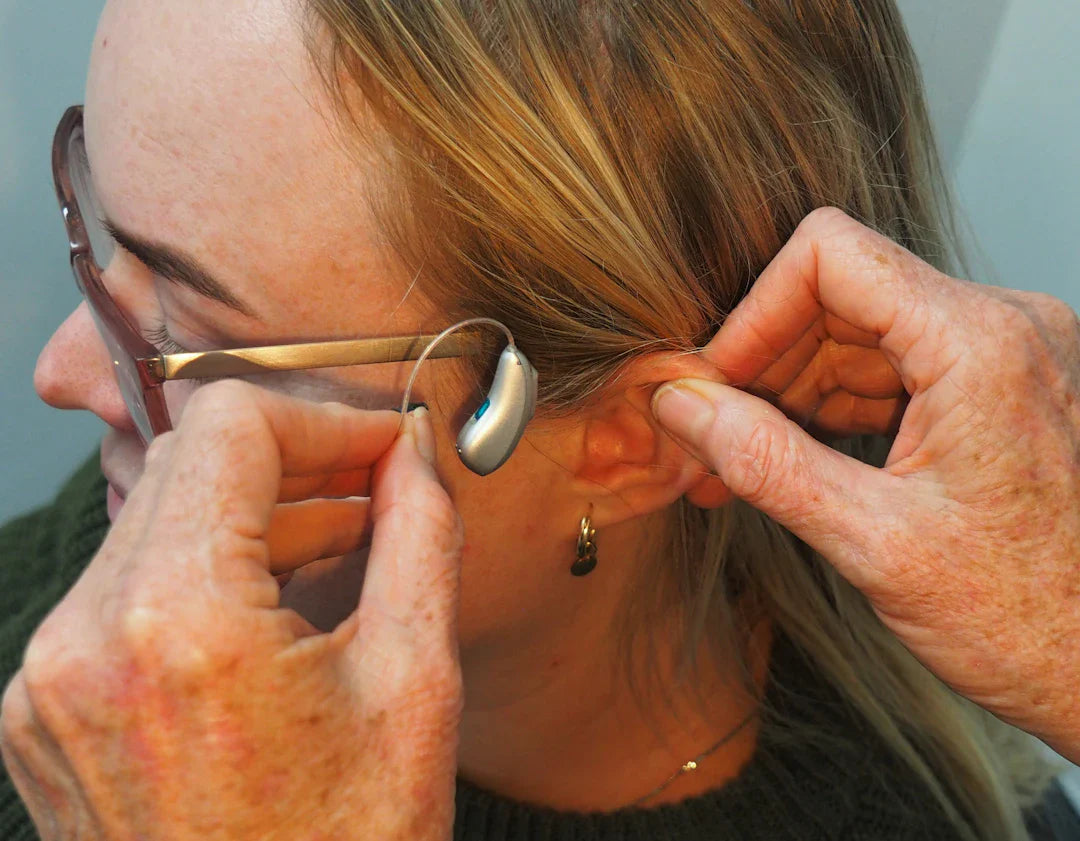Hearing aids have come a long way over the years, transforming from basic amplification devices to advanced pieces of technology that can improve the quality of life for individuals with hearing loss. The evolution of hearing aid technology has been a fascinating journey, marked by significant advancements that have revolutionized the way we perceive and interact with sound.
Early Stages of Hearing Aid Development
In the early days, hearing aids were bulky, uncomfortable, and often ineffective. These early devices relied on simple amplification to make sounds louder for individuals with hearing loss. However, they were limited in their ability to provide clear and natural sound quality.
Advancements in miniaturization and electronics in the mid-20th century paved the way for smaller, more discreet hearing aids that could be worn comfortably behind or inside the ear. These developments marked a significant shift in the evolution of hearing aid technology, making them more accessible and user-friendly.
Digital Revolution in Hearing Aids
The introduction of digital technology in hearing aids revolutionized the industry, allowing for more precise and customised sound processing. Digital hearing aids can now be programmed to amplify specific frequencies based on an individual's unique hearing profile, leading to a more natural listening experience.
Modern hearing aids are equipped with sophisticated features such as noise reduction, directional microphones, and feedback cancellation, which help improve speech intelligibility in noisy environments. These advancements have significantly enhanced the quality of life for individuals with hearing loss.
The Role of Earwax Removal in Hearing Aid Performance
Proper earwax management is crucial for maintaining the effectiveness of hearing aids. Earwax buildup can block the sound from reaching the microphone and speaker of the hearing aid, resulting in reduced performance. Regular earwax removal is essential to ensure optimal hearing aid function.
Leading Brands in Hearing Aid Technology
Phonak Hearing Aids
Phonak is a leading brand known for its innovative hearing aid solutions. Their products are designed to deliver exceptional sound quality and performance, catering to a wide range of hearing needs. Phonak hearing aids incorporate cutting-edge technology to provide users with a seamless listening experience.
Widex Hearing Aids
Widex is another prominent player in the hearing aid industry, renowned for its focus on natural sound and comfort. Widex hearing aids feature advanced noise reduction and sound processing algorithms that enhance speech clarity in various listening environments.
Signia Hearing Aids
Signia, formerly known as Siemens, offers a diverse range of hearing aid solutions that combine innovation and style. Signia hearing aids feature advanced connectivity options and personalised sound settings to meet the individual needs of users.
GN Resound Hearing Aids
GN Resound is a pioneer in smart hearing aid technology, offering a range of products that utilise cutting-edge features such as rechargeability and direct streaming. GN Resound hearing aids are designed for optimal comfort and performance, ensuring a seamless listening experience.
Future Trends in Hearing Aid Technology
The future of hearing aid technology looks promising, with ongoing advancements in artificial intelligence, machine learning, and connectivity. Future hearing aids may offer even greater customisation and automation, adapting to the user's preferences and environments seamlessly.
As technology continues to evolve, hearing aids will likely become more integrated with other smart devices, enabling users to control and adjust their settings with ease. The goal is to create a more intuitive and user-friendly experience for individuals with hearing loss.
Innovations Driving Hearing Aid Technology
Recent innovations in hearing aid technology have focused on enhancing sound quality, improving speech understanding, and reducing background noise. Manufacturers are constantly exploring new ways to make hearing aids more effective and adaptable to various listening situations.
Wireless connectivity has become a standard feature in modern hearing aids, allowing users to stream audio directly from their smartphones, TVs, and other devices. This connectivity enables a seamless listening experience and enhances the overall usability of hearing aids.
Embracing the Digital Age of Hearing Aids
With the digital age in full swing, hearing aid technology continues to evolve at a rapid pace, offering users a wealth of features and benefits that were unimaginable in the past. From customisable sound settings to remote programming, modern hearing aids have become sophisticated tools for improving hearing health.
As we look towards the future of hearing aid technology, one thing is clear – the possibilities are endless. With ongoing innovations and advancements in the field, individuals with hearing loss can look forward to a world where communication is clearer, connections are stronger, and sound is more vibrant than ever before.




